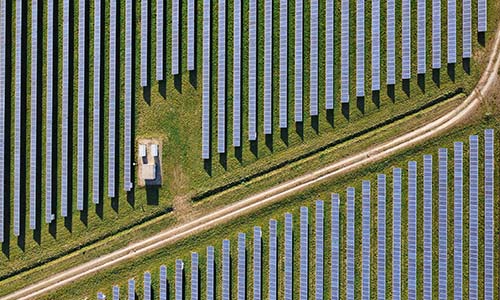
Background and objectives
In order to meet the European Green Deal and REPowerEU objectives, the CESEC region needs to step up the efforts for renewable energy deployment, including renewable and low-carbon gases. In order to do so, an adequate network of infrastructure, alongside a fit-for-purpose regulatory framework, needs to be developed. In this context, DG ENER has commissioned a study to Grant Thornton in association with AF Mercados EMI (ENER/C4/2021-444 | CESEC’s region potential for renewable and low-carbon gas deployment in the context of infrastructure development) aiming at exploring the potential for the production and deployment of renewable and low-carbon gases (renewable hydrogen and biomethane specifically), as well as their integration in the CESEC region.
A summary of Key Outcomes
- Production of hydrogen was mostly limited to captive fossil-based hydrogen (produced via reforming) for large hydrogen consumers and particularly refineries, steel, and cement industries.
- By 2023, very limited production of renewable hydrogen took place in Austria, Slovenia, Hungary and Greece, as a result of small-scale projects (below 2 MW electrolysers) that are either operational or at demonstration phase.
- As of today, several hydrogen production projects are in development stage, which will supply approx. 30.9 TWh renewable hydrogen by 2030, should they materialise.
- Very few countries (i.e., Italy, Austria, Hungary, Ukraine) produce biomethane.
- CESEC countries possess excellent energy potential, such as biomass and organic waste, solar irradiance, and onshore and offshore wind. The remaining techno-economic potential for renewable hydrogen in 2030 in the region, after the coverage of electricity supply needs (i.e., power generation, heat and cooling and transport), is approx. 2,600 TWh.
- The CESEC region also has a considerable biomethane techno-economic potential. The calculation of the sustainable biomethane potential highlights that Ukraine exhibits by far the largest potential in the region (approx. 20 TWh in 2030), followed by Italy (approx. 15 TWh), Romania (approx. 9 TWh) and Hungary (approx. 6,5 TWh).
- Modelling analysis conducted through PLEXOS aligns with the results of the PCI/PMI process with regards to future cross-border flows and the need for respective transmission infrastructures.
- Eventually three corridors emerge with high degree of certainty, i.e., imports from Algeria and Tunisia to Italy and onwards to Germany, a hydrogen corridor initiating from Greece through the Balkan region (Bulgaria, Romania) and further north to Germany and a corridor originating from Ukraine to Germany through Slovakia and Czech Republic.
Access to the full study can be retrieved here.

Detailed Brochure
CESEC’s region potential for renewable and low-carbon gas deployment in the context of infrastructure development
Subscribe here to receive our newsletters








